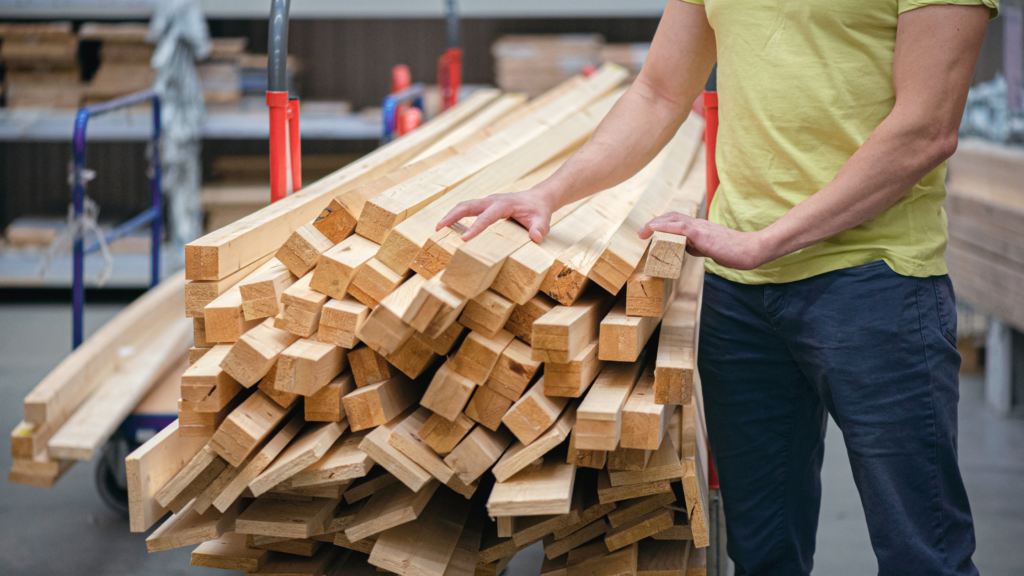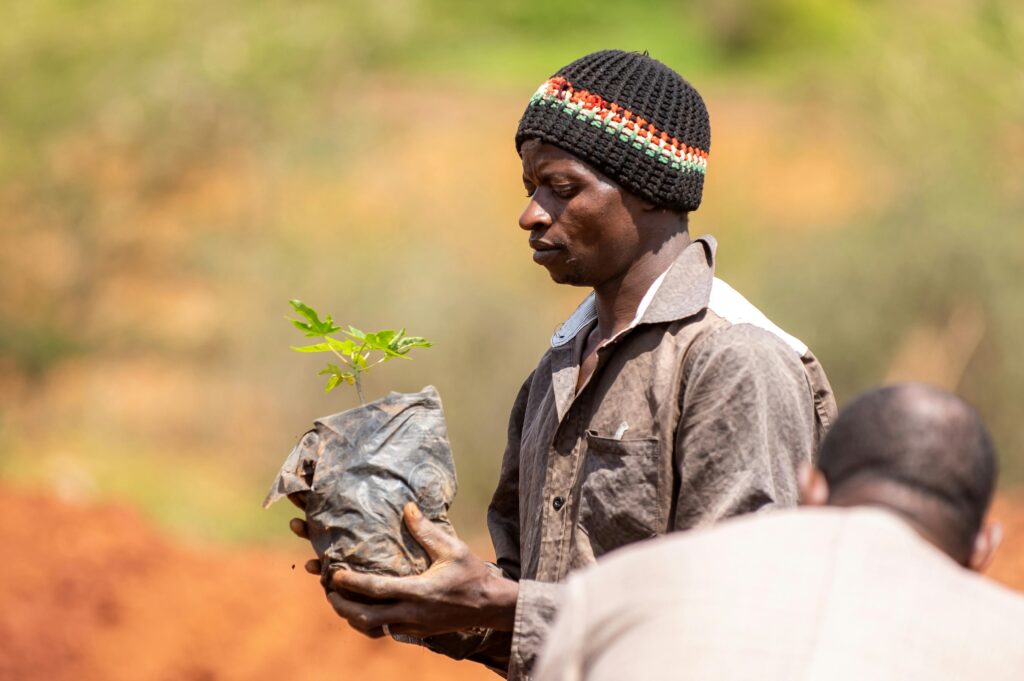Forests are the lungs of our planet, playing a vital role in regulating the climate, providing clean air and water, and harboring a staggering diversity of life. They also offer a wealth of resources – timber and non-timber forest products (NTFPs) – that have been essential to human civilization for millennia. However, unsustainable forestry practices have threatened the health of our forests and the communities that depend on them.
This blog post dives into the world of sustainable forest products, exploring the different types of timber and NTFPs, their benefits, and the importance of responsible forest management. We’ll also showcase success stories and explore how innovation and collaboration can ensure a future where forests and their resources thrive.
A Historical Look at Forest Products
For millennia, forests have been our companions. Wood built our homes, fueled our fires, and shaped our tools. Beyond timber, these havens offered a treasure trove of natural resources – from edible nuts and medicinal plants to fibers for clothing and resins for various uses. But the Industrial Revolution marked a turning point, sparking a wave of deforestation that threatened the very existence of these vital ecosystems.
This concern birthed the concept of sustainable forestry. It’s a philosophy that seeks a balanced approach – meeting the needs of today (environmental, economic, and social) without compromising the ability of future generations to meet their own. In essence, it’s about ensuring forests can continue providing us with all they offer, while remaining healthy and vibrant for years to come.
Exploring Sustainable Timber Products
Forests offer a variety of timber products, each with its own unique characteristics and uses:
- Hardwood and Softwood: Hardwoods, such as oak, mahogany, and maple, are known for their density and strength, making them ideal for furniture, flooring, and construction. Softwoods, like pine, spruce, and fir, are typically lighter and faster-growing, often used for framing lumber, plywood, and pulpwood for paper production.
- Engineered Wood Products: Innovation has led to the development of engineered wood products like laminated veneer lumber (LVL) and oriented strand board (OSB). These products are created by combining smaller wood pieces with adhesives, resulting in strong, versatile, and sustainable building materials.
A Look at Non-Timber Forest Products
Forests are a treasure trove of NTFPs, offering a diverse range of resources that go beyond timber:
- Edible Products: Forests provide a bounty of edible delights – nuts, berries, mushrooms, and even certain leaves – that contribute to local diets and provide income for forest communities.
- Medicinal Plants: Many medicinal plants with healing properties grow within forests. These plants provide vital ingredients for traditional medicine and hold immense potential for pharmaceutical development.
- Fibers and Resins: Forests offer natural fibers like rattan and bamboo, used for furniture, crafts, and textiles. Additionally, resins extracted from trees, such as pine resin, have various industrial applications.
Benefits of Sustainable Forest Products
Choosing sustainable forest products isn’t just good for the environment, it’s a smart economic choice too. Sustainable forestry practices minimize deforestation, protecting the rich tapestry of life within forests. Healthy forests mean cleaner air and water for everyone, while also acting as natural filters that combat climate change. On the economic side, sustainable forest management creates a steady stream of income for local communities, fosters job growth in forestry and related industries, and contributes to the development of rural areas. Plus, sustainable timber products are known for their superior quality and durability, meaning they last longer and require less frequent replacement, saving you money in the long run.
Forest Certification Programs
Forest certification programs play a crucial role in ensuring the sustainability of timber and NTFPs. Here are two of the most recognized programs:
- Forest Stewardship Council (FSC): The FSC is an independent certification system that sets rigorous standards for responsible forestry practices. FSC-certified products come from forests that are managed with environmental and social responsibility in mind.
- Programme for the Endorsement of Forest Certification (PEFC): PEFC is another global forest certification system that promotes sustainable forest management. PEFC-certified products ensure that forests are managed according to strict environmental, social, and economic criteria.
Challenges and Solutions
Despite the compelling advantages of sustainable forest products, some hurdles remain in achieving their widespread adoption. One challenge lies in market barriers. Sustainable forestry practices often require a higher initial investment compared to those that prioritize short-term gain over long-term sustainability. Additionally, consumer awareness about certified wood products can be limited, making it difficult for them to differentiate between sustainable and unsustainable options.
Another hurdle is the need for supportive government policies and regulations. A level playing field is crucial for ensuring sustainable forestry practices can compete effectively. Policies that incentivize responsible forest management, such as tax breaks or subsidies, can play a significant role in overcoming these challenges.
The good news is that solutions exist. Consumer education is critical. By raising awareness about the importance of sustainable forest products and empowering consumers to make informed choices, we can tip the scales in favor of responsible practices. Collaboration is also key. When governments, NGOs, forestry businesses, and consumer groups work together, they can develop and implement effective policies and market mechanisms that incentivize sustainable forest management. By working together, we can ensure that future generations can continue to benefit from the bounty of our forests.
Future Trends and Innovations
The future of sustainable forest products is filled with exciting possibilities that can further reduce our environmental footprint. Advancements in precision forestry, for example, allow for targeted harvesting and data-driven management practices. This means only what’s needed is taken, and the forest can recover more effectively. Additionally, remote monitoring technology helps us keep a watchful eye on forest health, allowing for early intervention against threats like pests or disease.
The rise of the circular economy also holds immense promise. By applying these principles to the forest products sector, we can extend the life cycle of wood products through innovative recycling and reuse techniques. This minimizes waste and ensures we get the most out of these valuable resources. By embracing these advancements and fostering a circular approach, we can ensure a future where sustainable forest products meet our needs while protecting our precious forests for generations to come. Forests offer a variety of timber products, each with its own unique characteristics and uses:
Forests are more than just trees; they’re the lungs of our planet, teeming with life and resources. From the timber that builds our homes to the hidden bounty of nuts, medicines, and fibers, they’ve sustained us for millennia. But like any valuable resource, forests need our care.
Sustainable forestry offers a path forward. It’s about using these gifts responsibly, ensuring our needs are met without compromising the health of the forest for generations to come. By choosing certified wood products, we support responsible practices. By educating ourselves and working together – consumers, businesses, and policymakers – we can create a future where sustainable forestry thrives.
Imagine a world where forests flourish, providing clean air, water, and resources for all. With innovation and collaboration here in Bottom Billion Corporation, this vision is achievable. Let’s embrace sustainable forest products and ensure a future where both people and nature can benefit.



